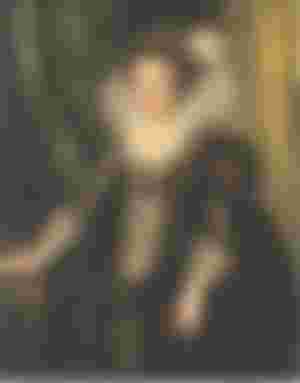The History of Plisket Motifs Beginning with the Art of Folding Fabrics
The plisket motif is arguably one of the most widely applied motifs to various styles of clothing. With its shape in the form of neat folds, this motif is indeed suitable for adding a fashionable impression to clothes. You can find the popularity of plisket motifs on skirts, dresses, to hijabs.
Starting from an art of folding clothes and only worn by the elite, now the plisket motif can be used by the wider community and is increasingly popular. How did the change process occur? Come on, look at the history of the following plisket motifs!
The plisket motif has existed since ancient Egypt and was only suitable for use by royal nobles

Queen Elizabeth ruff collar
Much different from current conditions, when it first appeared in the ancient Egyptian era, plisket motifs were only allowed to be worn by rulers in the kingdom. Reporting from Thread Stories, plisket motifs at that time were worn on the tunics and dresses of the rulers, the Pharaoh King, and his consort.
In addition, Queen Elizabeth I also wore a pleated patterned collar model called Ruff. The ruff is a circular collar with pleated accents that stand up to frame the face.
The plisket motif used to be made manually and the process took a long time
The luxurious folds worn by the rulers did not come easily. Plesket motifs are made from natural fibers such as silk, cotton, and wool. The cloth will be dipped in the sap liquid and will be folded one by one by hand. To form a more solid fold the ancient Egyptian plaster craftsmen used a kind of giant iron to smooth it.
When the folds are perfectly formed, unfortunately their work is not finished. After the clothes are worn and washed, all the creases automatically disappear and they have to repeat the same process from the beginning.
This is what causes clothes with pleated motifs to become a symbol of luxury and power at that time. Expensive raw materials, long and repeated workmanship make this motif attached to the impression of luxury.
Ancient Greek soldiers also wore pleated skirts at every official military event in the 3rd century BC

Greek national soldiers wear Fustanella for military and ceremonial occasions. Fustanella is similar to the kilt which is a skirt worn by Scottish men. This tradition dates back to the 3rd century BC under the Ottoman Empire and was used as the main military uniform.
Not only as a form of keeping up with fashion trends, Fustanella is also designed to show the power and greatness of men. Its use is far from clean. Soldiers often wiped sweat, dirty faces, and bloodied knives with these skirts.
The modern era plisket motif is marked by Mariano Fortuny .'s folded dress design

Shifted to the modern era, precisely in 1909, Spanish designer Mariano Fortuny patented a pleated dress called Delphos. This dress is made of fine silk with a beautiful silhouette that shows the natural curves of women. However, unfortunately the big problem of retaining the folds permanently has not been solved.
Now, the plisket motif is at its latest point. With permanent folds and more diverse use

Currently, the plisket motif has been applied to many types of clothing. If in the past only royal nobles could wear it, now the wider community can afford it because the price is more affordable. You can find plisket motifs ranging from blouses, pants, skirts, dresses, hijabs, and even curtains. In addition, the plisket motif is currently also more widely used by women.
The next time you meet this patterned garment, you will understand that plisket has a long history before becoming as famous as it is now.
Image from Unplash.com



